Adjusting policies, promoting exports and selectively increasing imports from the United States are moves that demonstrate Vietnam's proactive and substantial response to this new challenge.

According to the Ministry of Industry and Trade , Vietnam absolutely does not intend to maintain a large trade surplus with any partner, including the United States. The solutions being implemented by Vietnam are aimed at ensuring fair, transparent two-way trade and in accordance with the principles of the World Trade Organization (WTO). In particular, to gradually rebalance the trade balance, Vietnam has proactively increased imports of high value-added goods from the United States such as pharmaceuticals, medical equipment, high technology and agricultural products.
According to statistics from Vietnam Customs, in the first half of 2025, the value of pharmaceutical imports from the United States increased by 18%, and imports of cotton and raw materials for the garment industry increased by nearly 25% compared to the same period last year. This is a positive sign that Vietnamese enterprises are expanding their supply channels from the US market, while helping to maintain a more reasonable trade balance.
According to Ms. Nguyen Thi Thu Trang, Director of the WTO and Integration Center (VCCI), the US imposition of reciprocal tariffs, although creating certain pressure, is also an opportunity for Vietnam to review its import-export structure and adjust its trade policy more proactively. If businesses and authorities make good use of this period to expand the import of strategic technology and raw materials, the trade balance will gradually reach a state of sustainable equilibrium.
From a business perspective, Ms. Do Thi Thu Hang, General Director of PAN Group, said: The Group has promoted investment cooperation programs with high-tech agricultural companies in the United States, while expanding the import of plant varieties, organic fertilizers and quality control systems from this market.
“It is not only a matter of balancing the trade balance, but also expanding imports from the US to help businesses upgrade product quality and production capacity to international standards,” Ms. Do Thi Thu Hang emphasized.
Enterprises in the textile and garment industry, one of the main export groups affected by the reciprocal tax, are also clearly shifting. A representative of the Vietnam National Textile and Garment Group (Vinatex) shared: The Group is promoting the import of cotton, chemicals and accessories from the United States to increase localization value and clear traceability in the supply chain.
“Vinatex determines that selective imports from the United States not only help products better meet technical requirements but also contribute to maintaining sustainable two-way trade. This is a way for Vietnamese enterprises to affirm their responsibility and position in the global market,” emphasized a Vinatex representative.
Economist Ngo Tri Long said: The United States is currently Vietnam's largest export market, so maintaining this market is always vital. In the context of increasing global strategic competition, reciprocal tariffs are not only a pressure, but also an opportunity for Vietnam to affirm its ability to adapt, upgrade the national value chain and transform the sustainable growth model. Moreover, this is also an opportunity for Vietnam to affirm its role as a responsible trade partner, ready to reform to integrate more deeply into the global value chain.
The Ministry of Industry and Trade said: In the future, the Ministry will continue to promote the expansion and diversification of export markets through the study of new, potential markets with room for exploitation in the Middle East, Africa, Latin America, etc. to have market expansion activities. On the other hand, promote negotiations of new Free Trade Agreements (in Europe, the FTA with the European Free Trade Association - EFTA; in the Americas, the FTA with the Mercosur bloc; in Asia, the FTA with the Gulf Cooperation Council - GCC countries, India, Pakistan; in Africa, the FTA with Egypt, the Southern African Customs Union - SACU).
Furthermore, the Ministry of Industry and Trade will also focus on negotiating and signing cooperation agreements in the fields of economics, trade, and industry, especially in areas where Vietnam has strengths. The Minister also said that recently, the Ministry of Industry and Trade has actively discussed and negotiated to sign a Government-level rice trade agreement with five partners: Malaysia, Indonesia, the Philippines, Singapore, and Brazil.
At the same time, effectively implement trade defense, prevent and combat origin fraud and illegal transshipment. Promote international cooperation in new areas such as energy conversion, digital transformation, circular economy, technology transfer, application of scientific achievements, innovation to build and develop fundamental industries. In particular, the Ministry of Industry and Trade will focus on connecting and creating strategic alliances between Vietnamese manufacturing industries and global production and supply chains, thereby helping Vietnamese enterprises gradually improve their competitiveness to maintain and develop their position in the global value chain.
Commenting on this issue, many experts believe that rebalancing trade cannot happen in the short term. This is a process that requires synchronous coordination between fiscal, industrial and trade policies. It is important that Vietnam maintains clear and transparent policy commitments with partners, while building a high-quality trade platform based on technology and international standards. The trade balance will self-adjust if businesses are facilitated to import strategic inputs at reasonable costs and with favorable customs clearance.
The trade balance between Vietnam and the United States is not just a matter of trade deficit or trade surplus, but rather how the two economies complement each other in a harmonious and long-term manner. With a proactive, practical and international practice-compliant approach, Vietnam is gradually affirming its position as a reliable trade partner in the context of increasingly complex global competition.
Source: https://doanhnghiepvn.vn/kinh-te/tai-can-bang-can-can-thuong-mai-khong-chi-la-con-so/20250808100517414


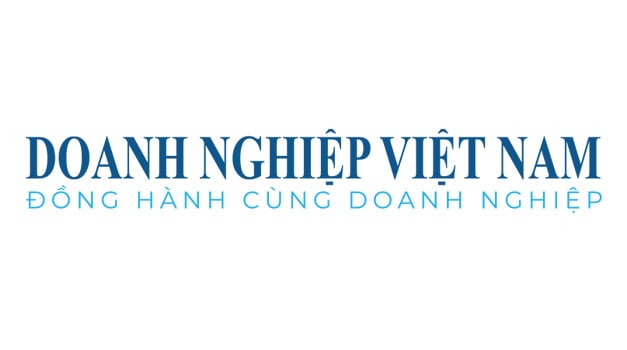

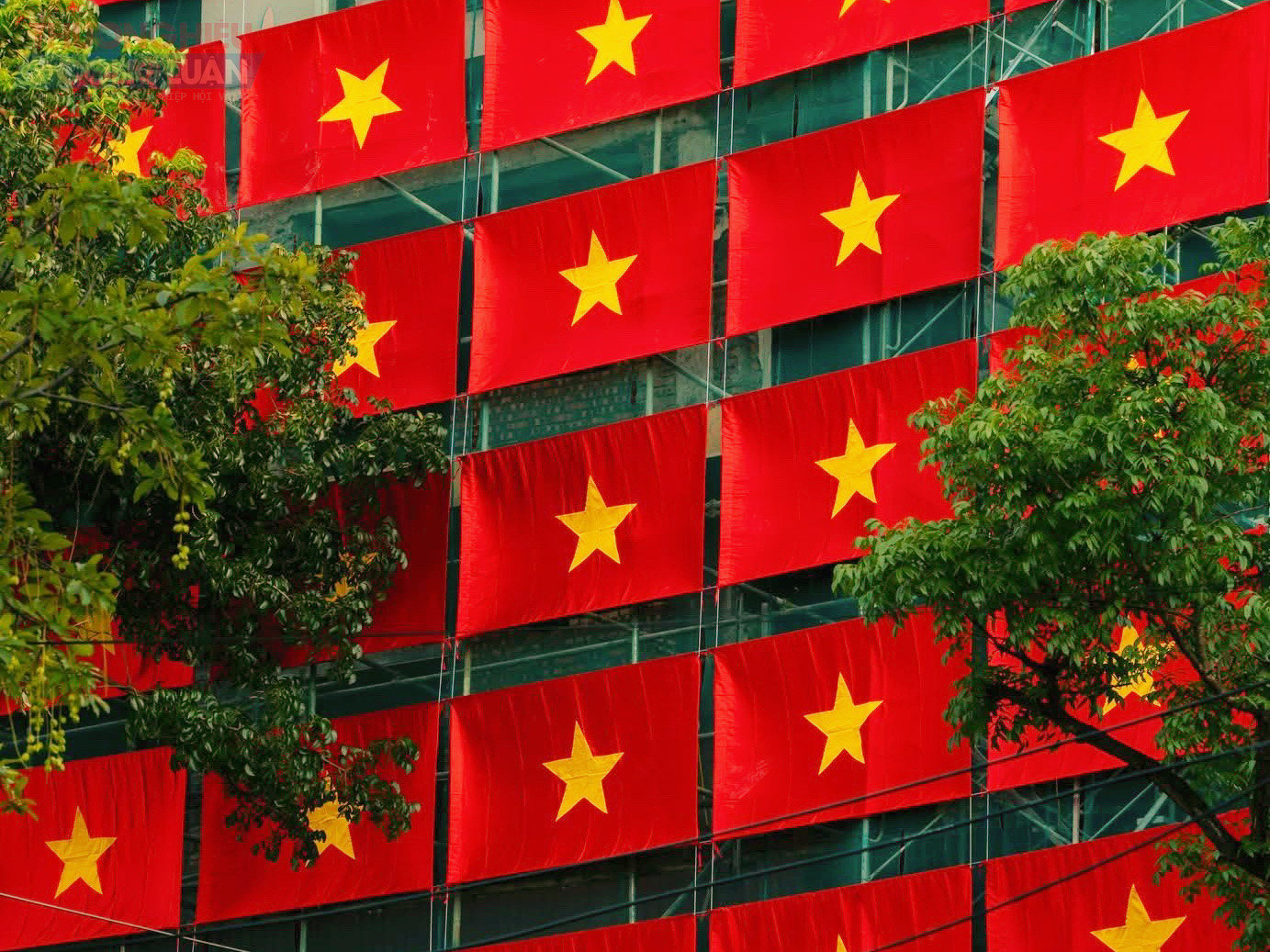
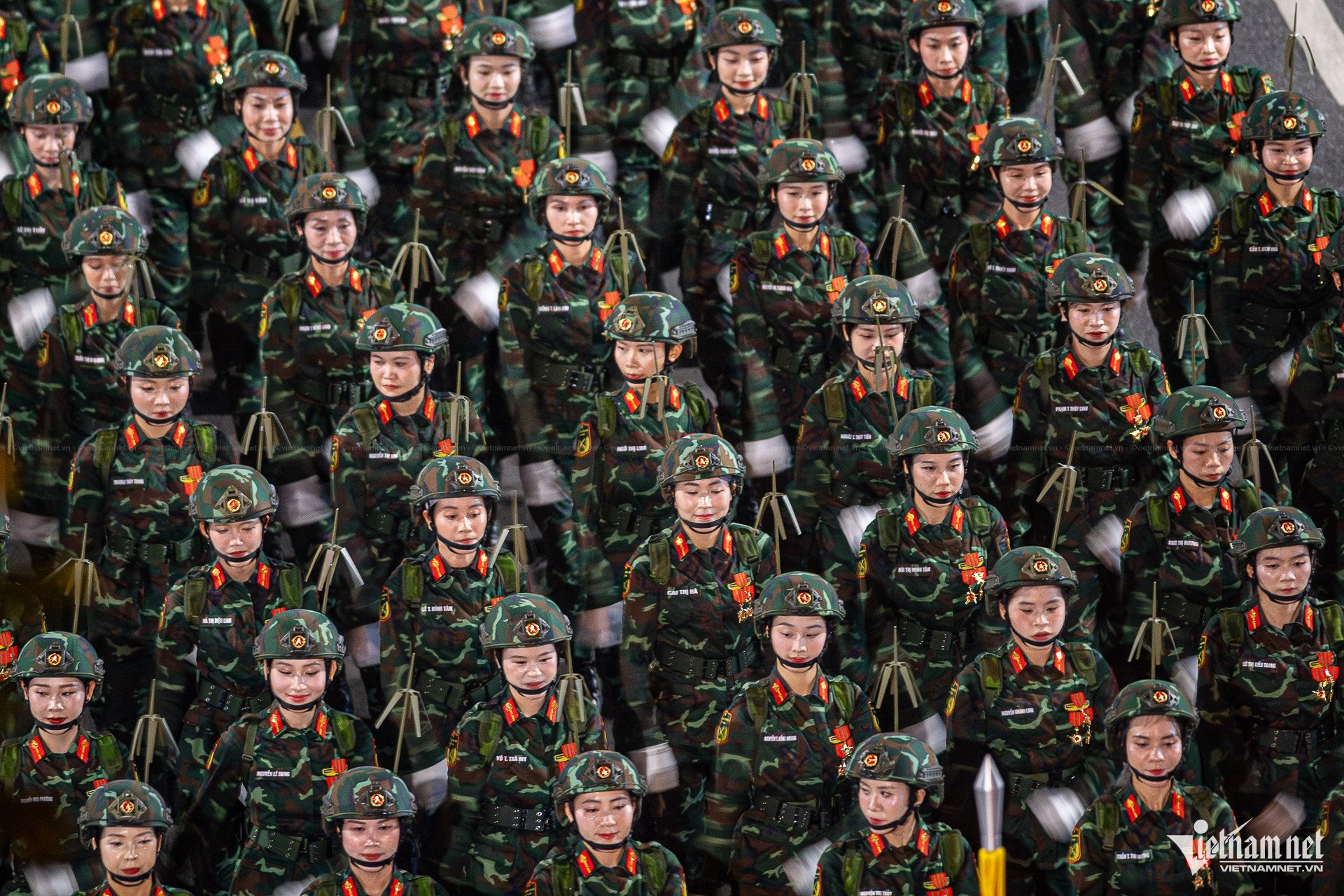

![[Photo] General Secretary To Lam attends the 80th anniversary of Vietnam's diplomacy](https://vstatic.vietnam.vn/vietnam/resource/IMAGE/2025/8/25/3dc715efdbf74937b6fe8072bac5cb30)
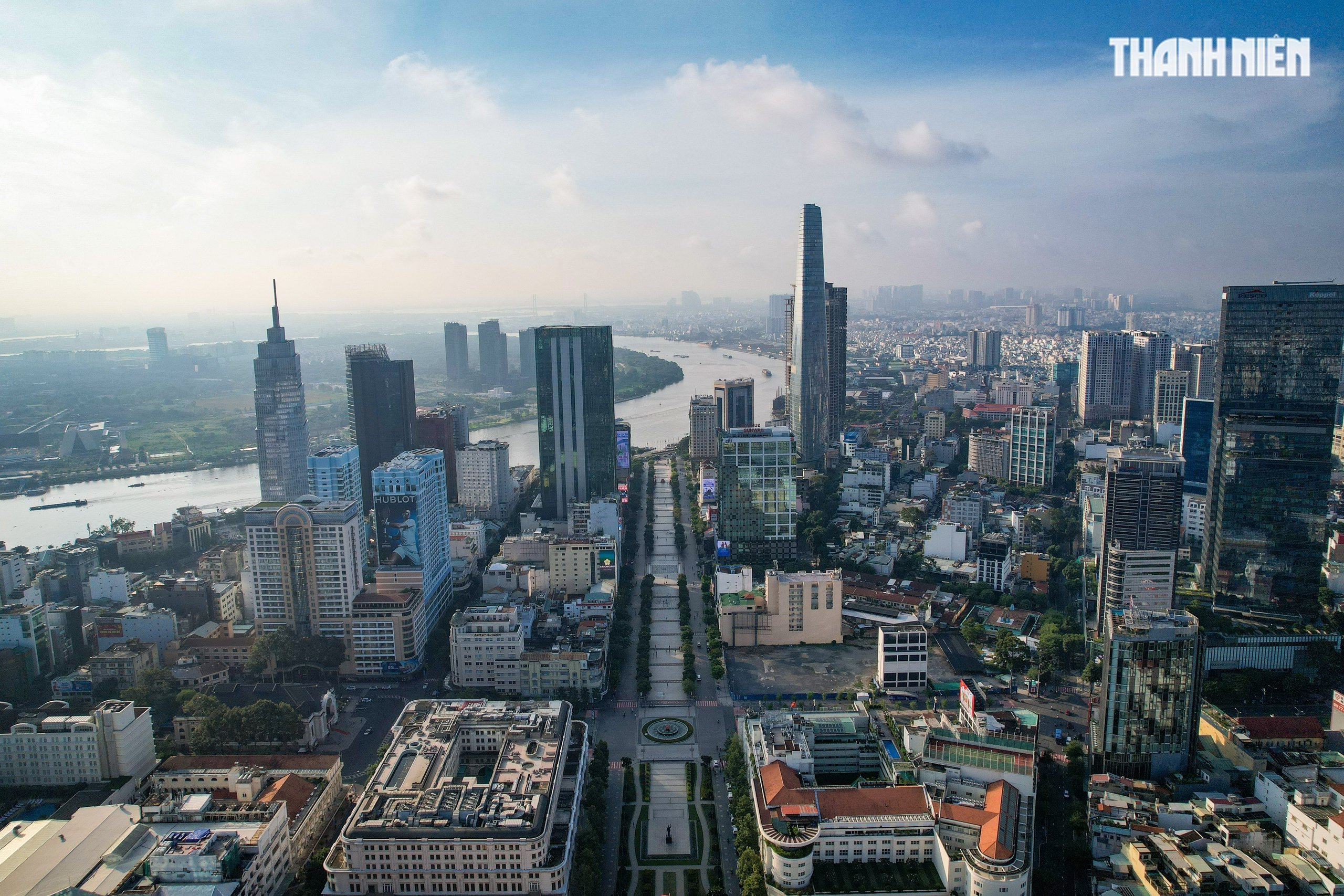
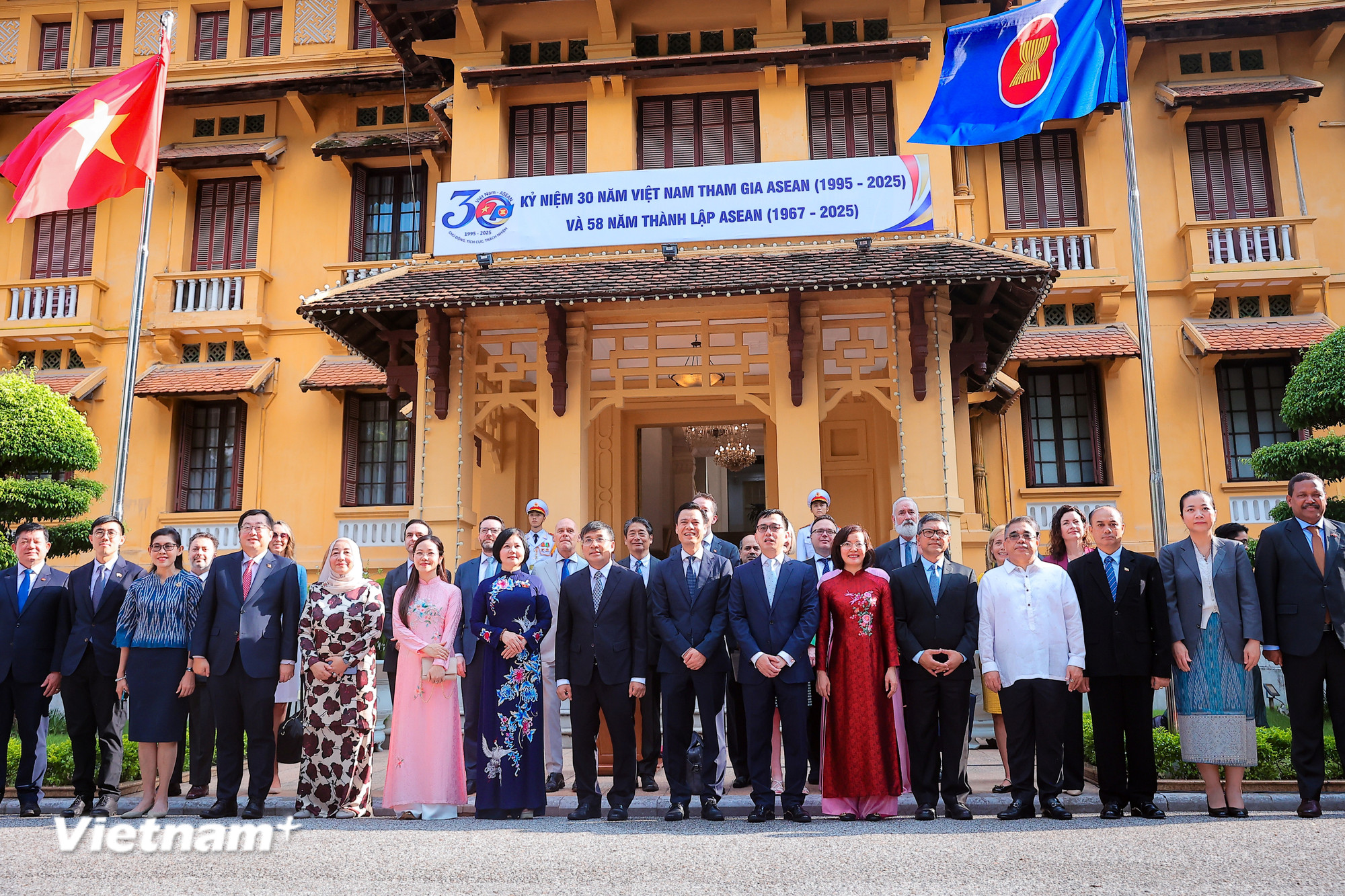




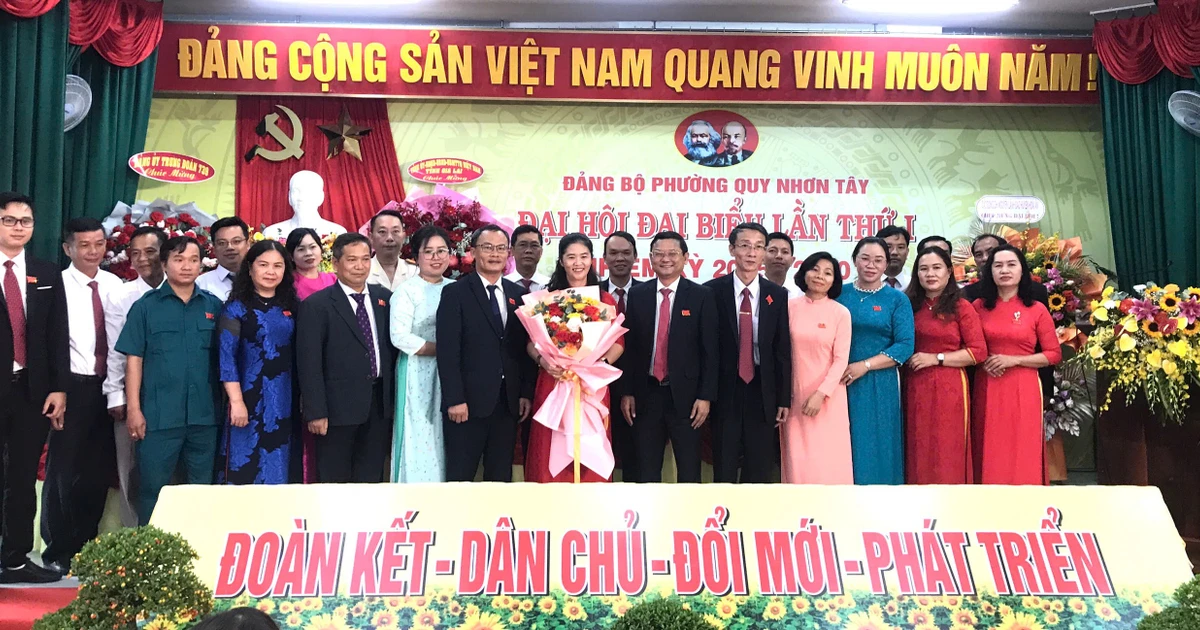

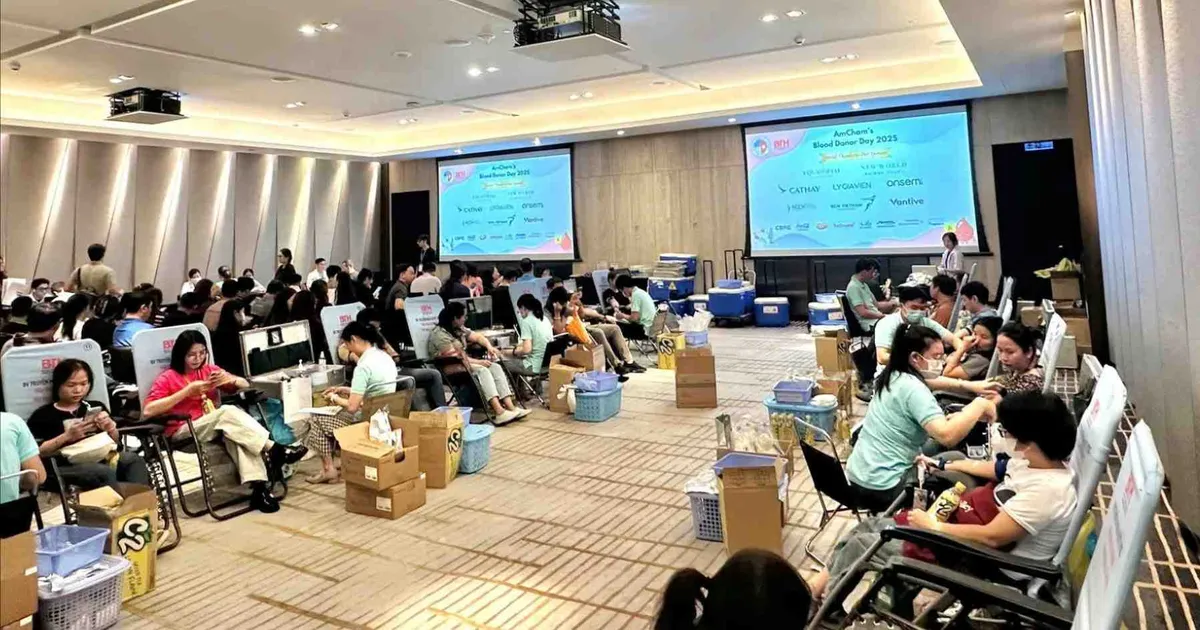

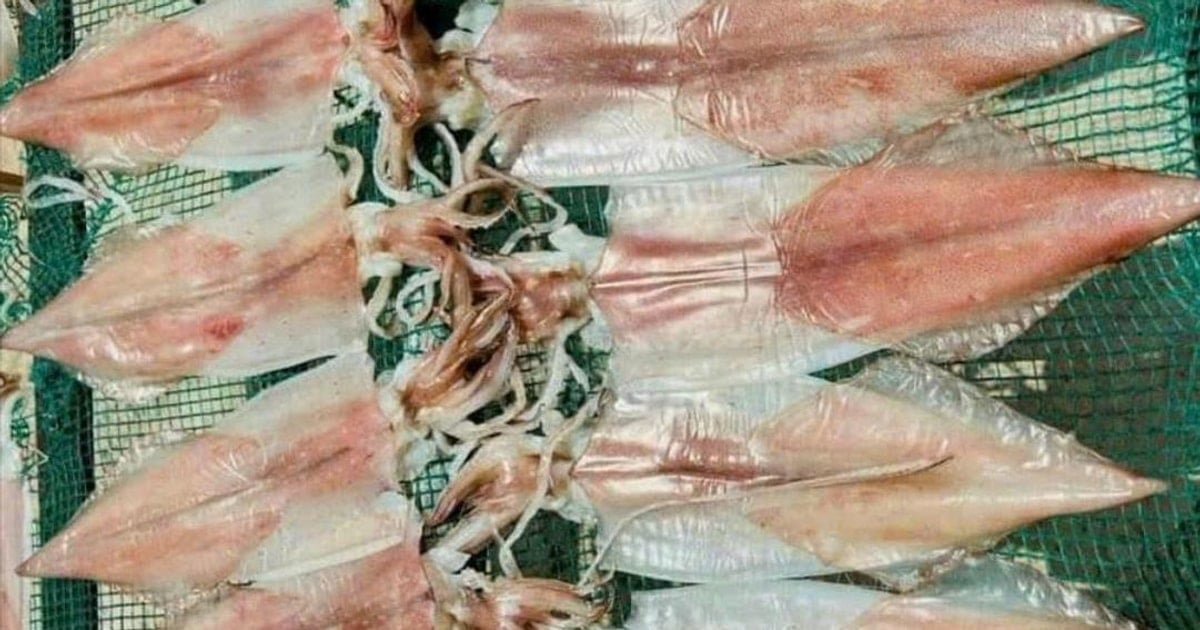

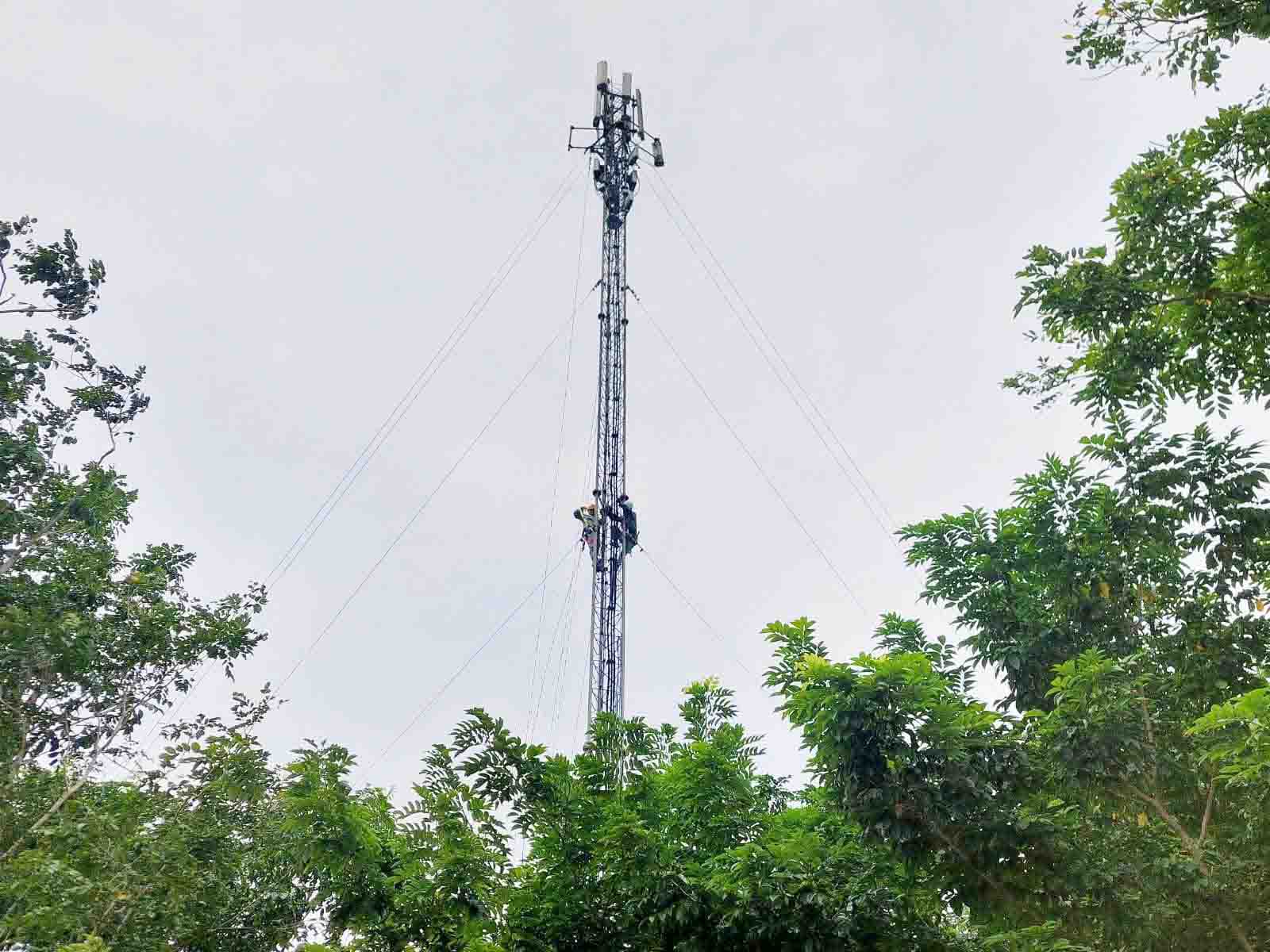

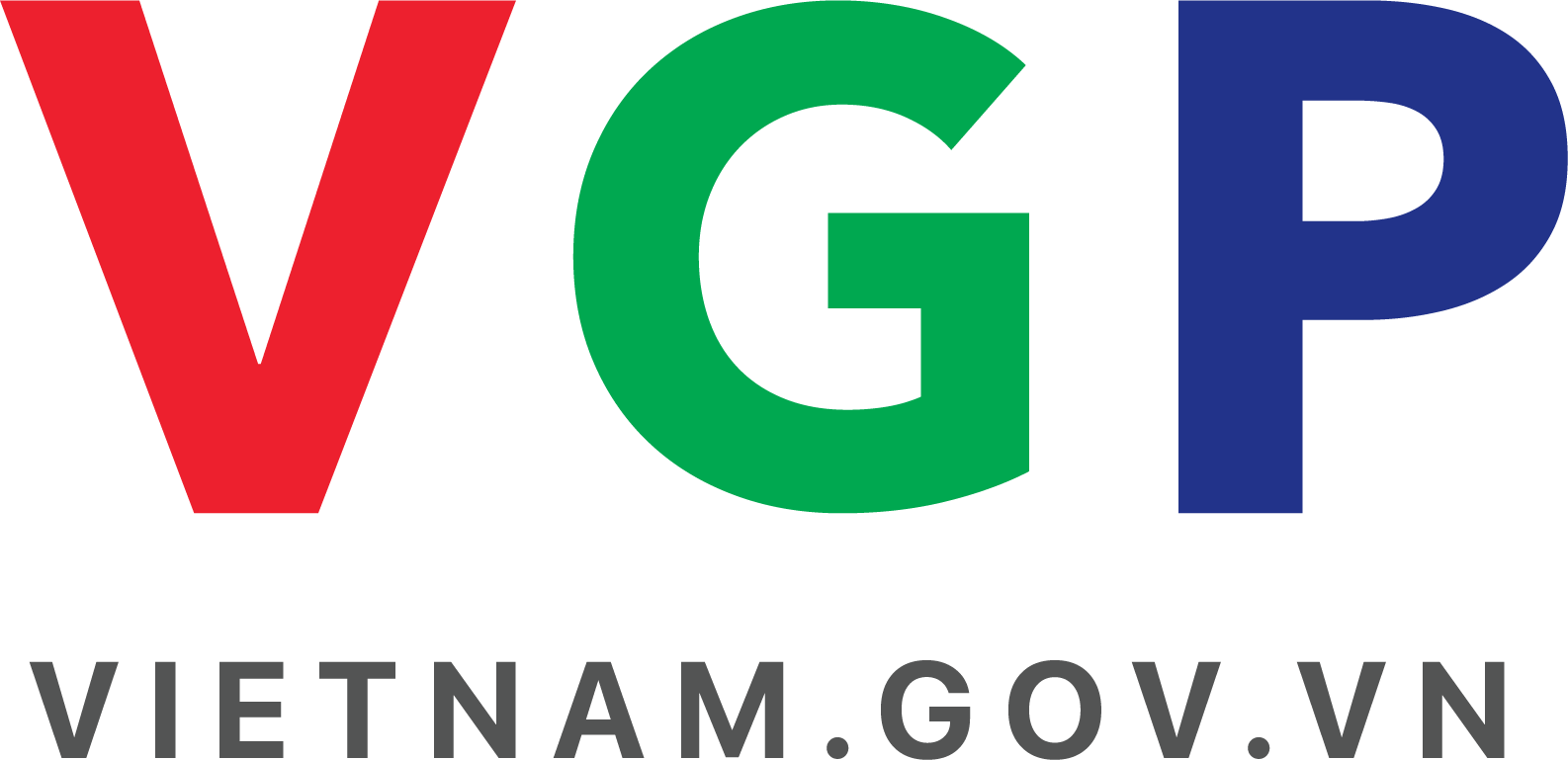

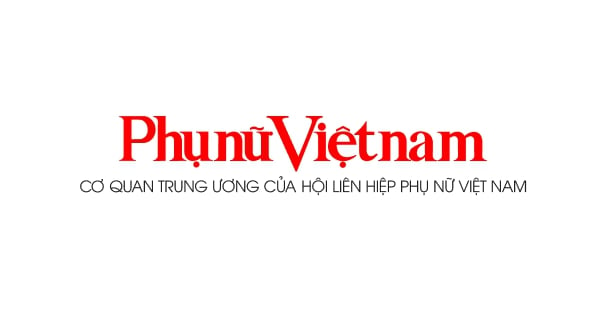
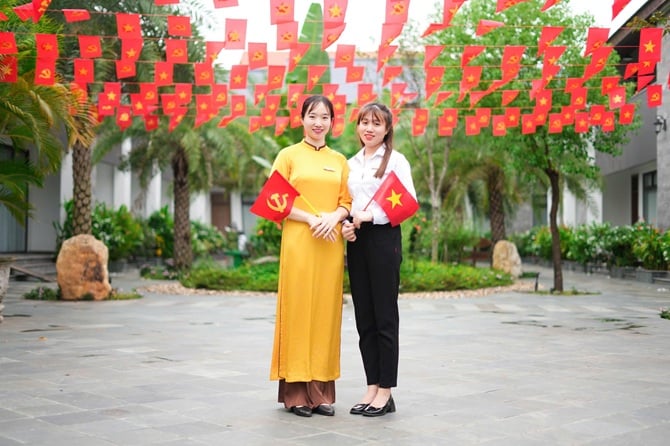
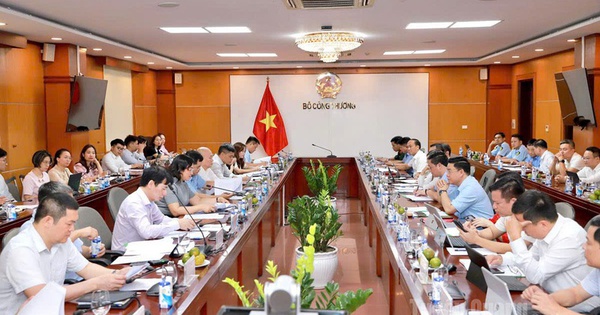









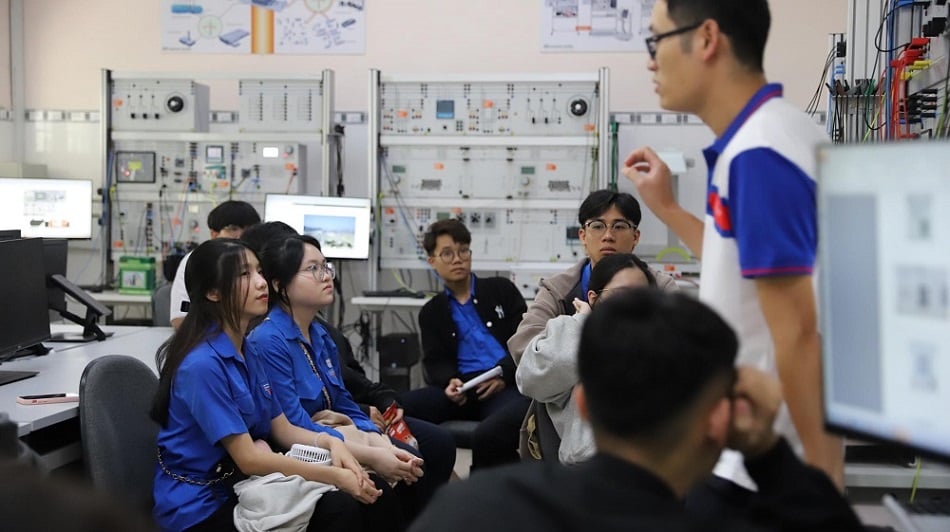


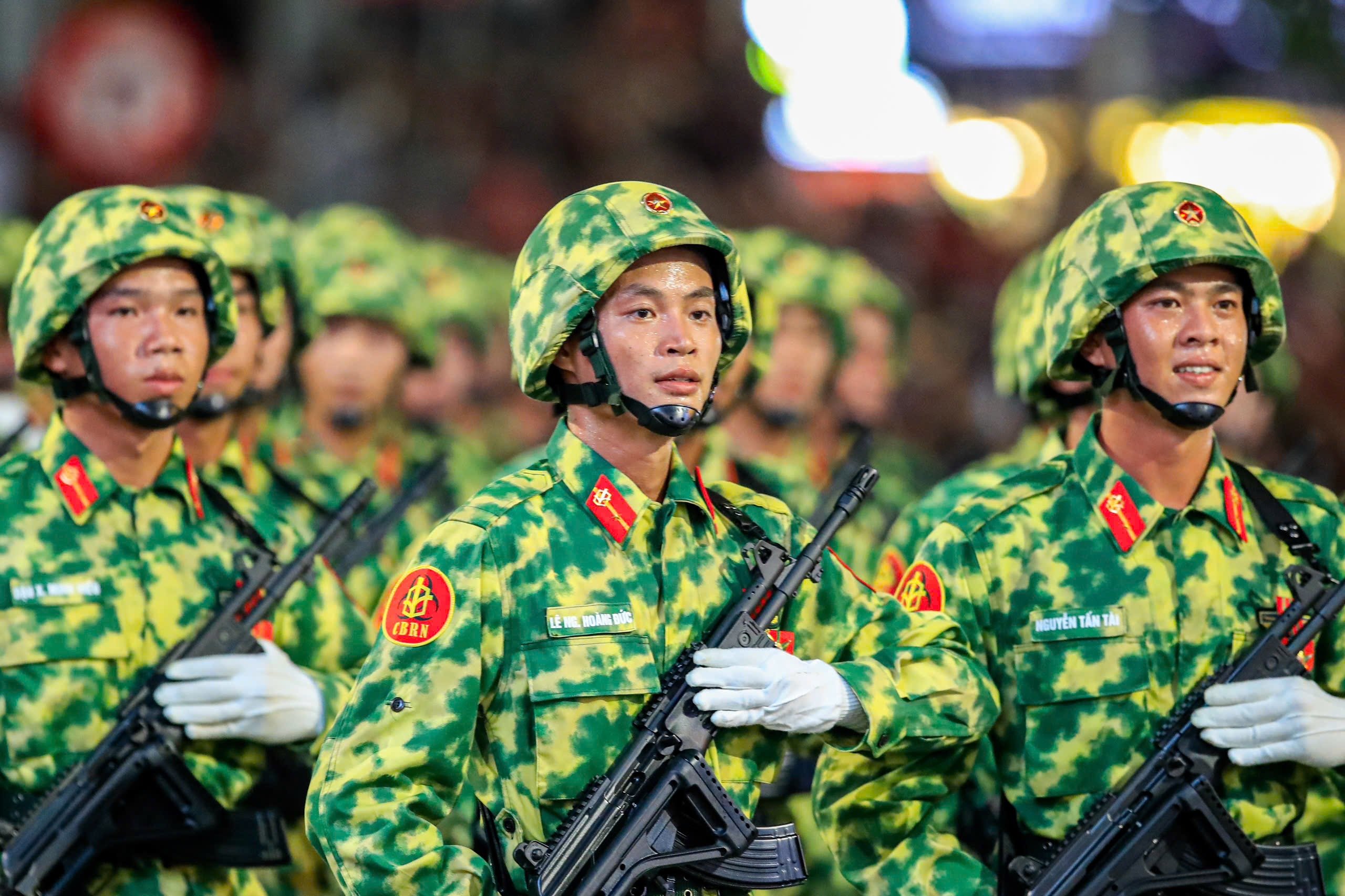

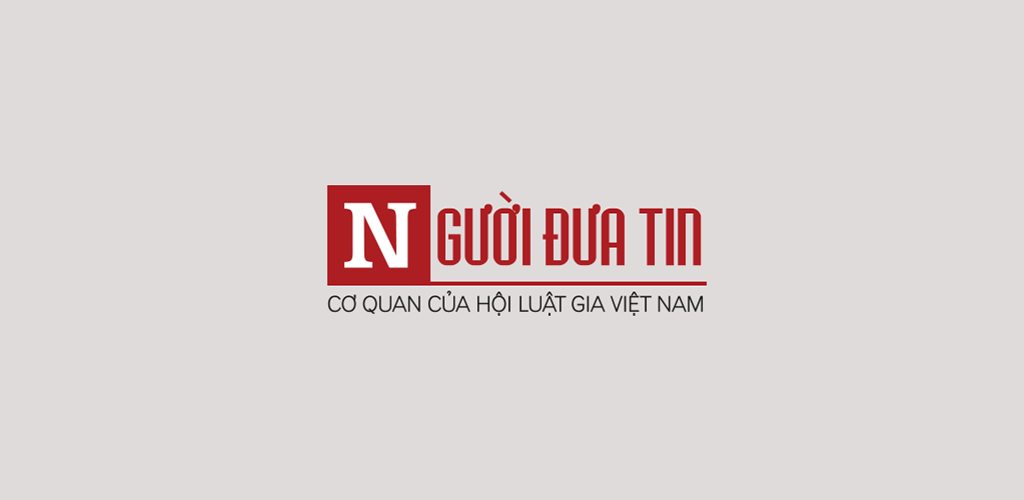
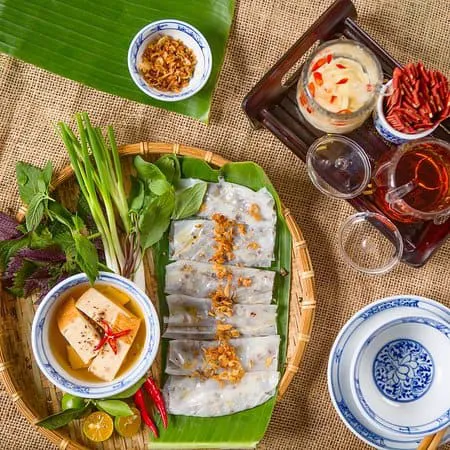

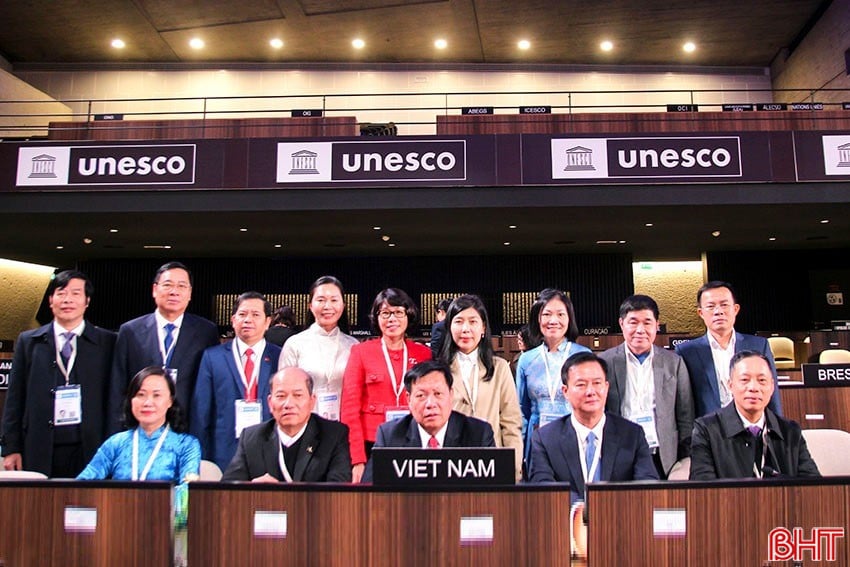

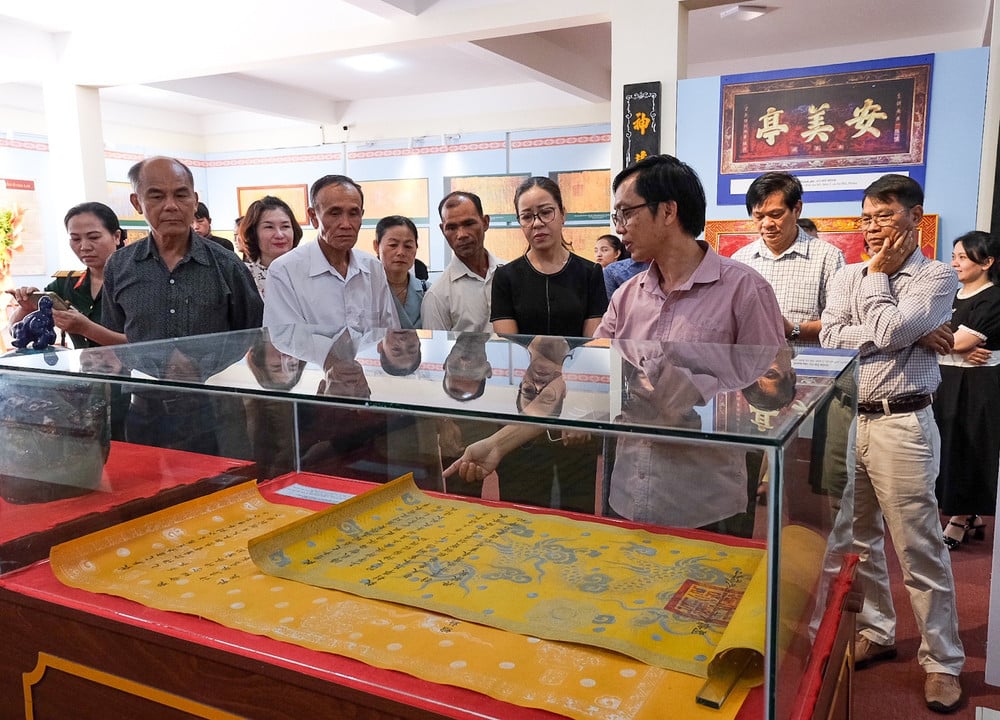








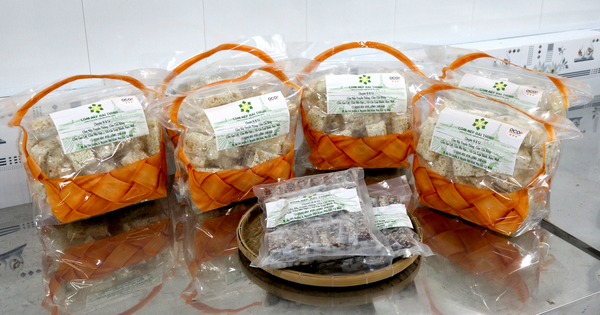

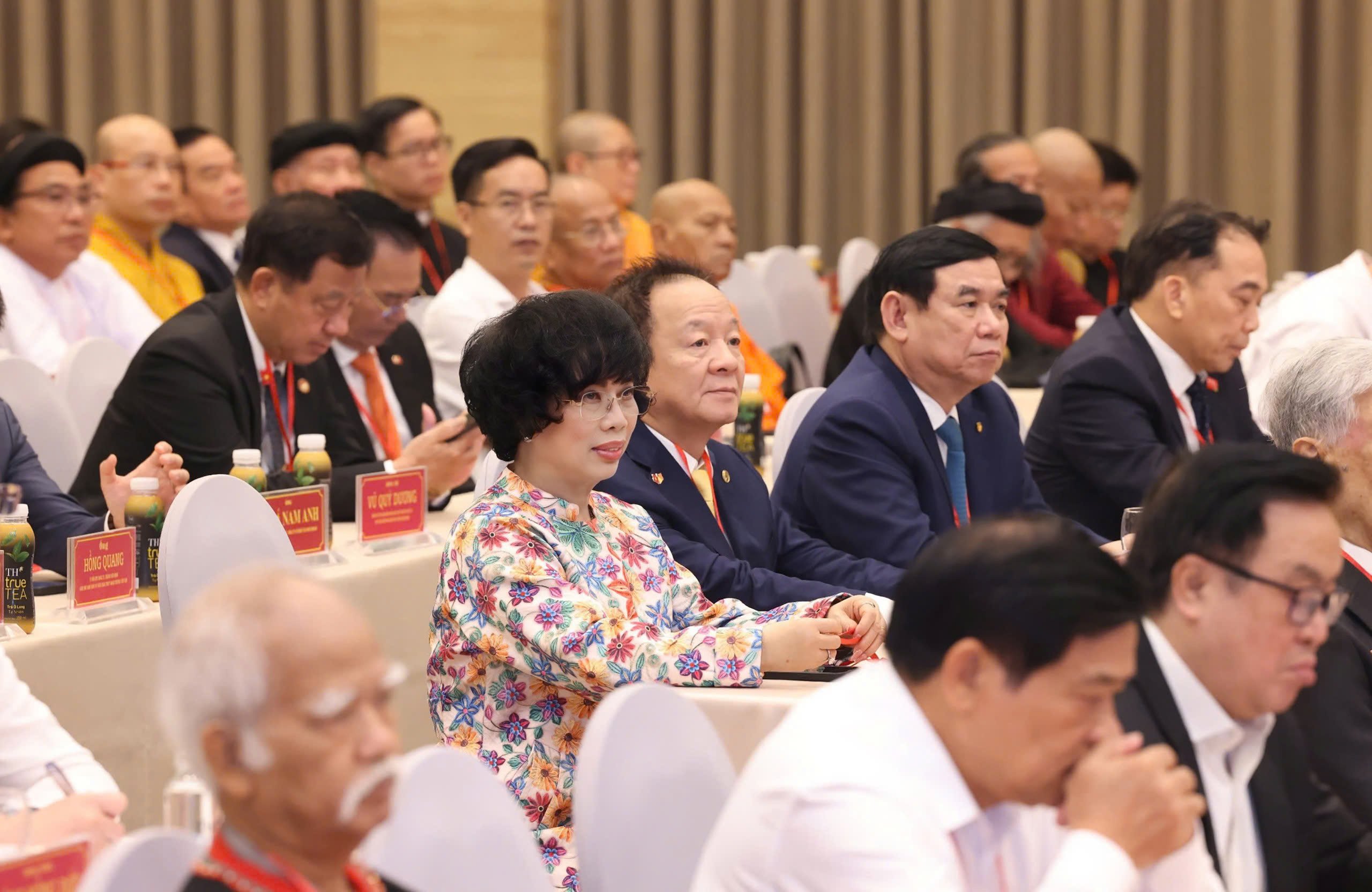

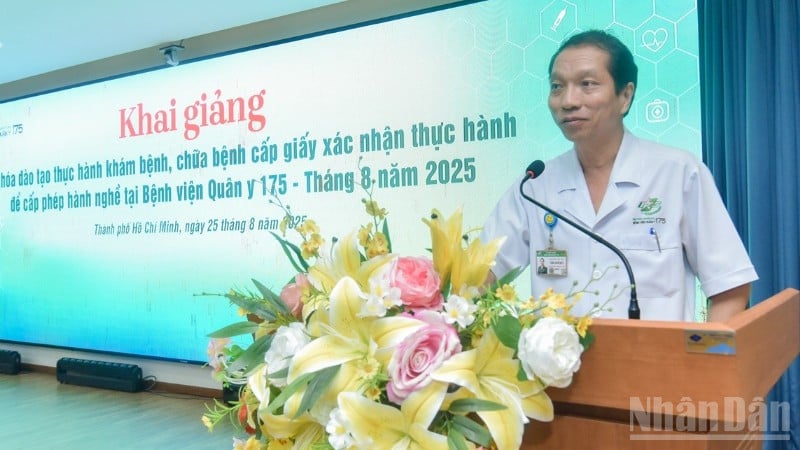







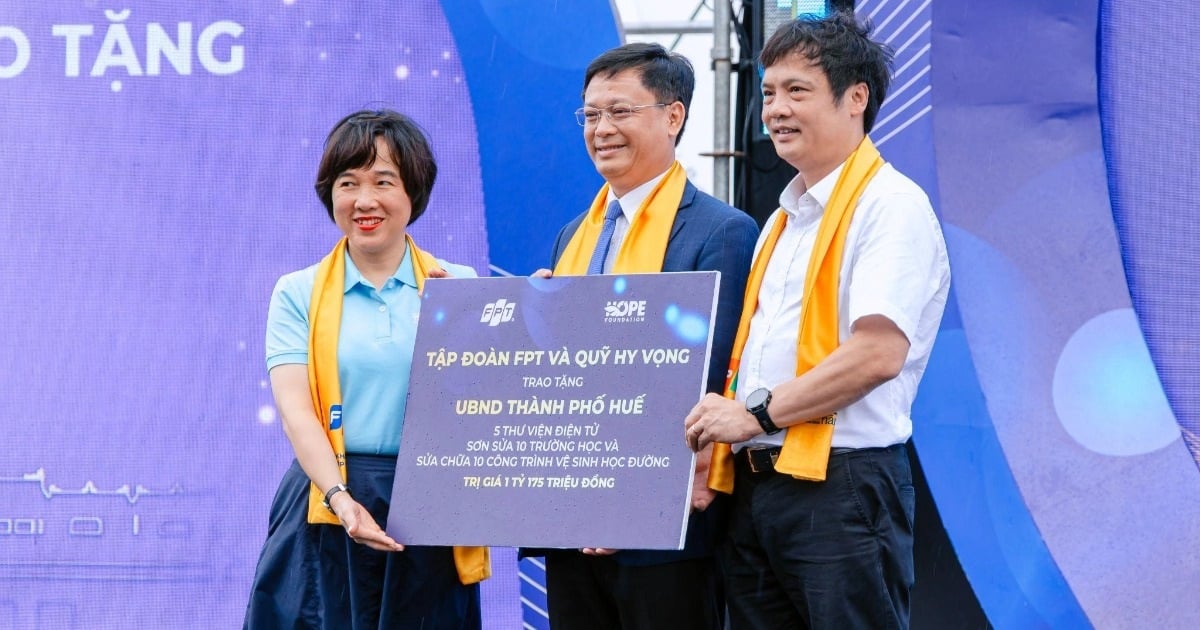

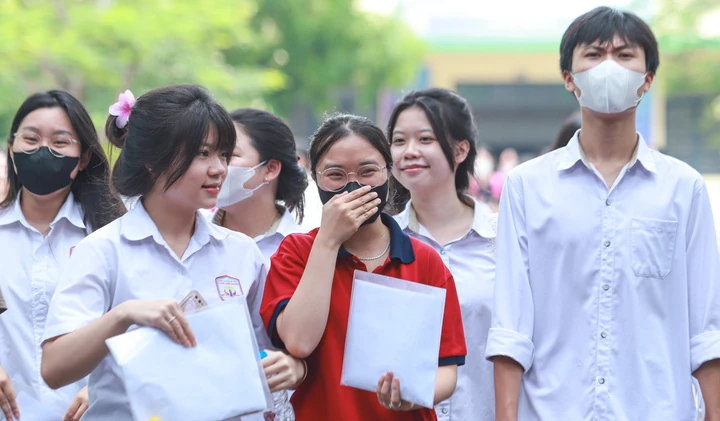


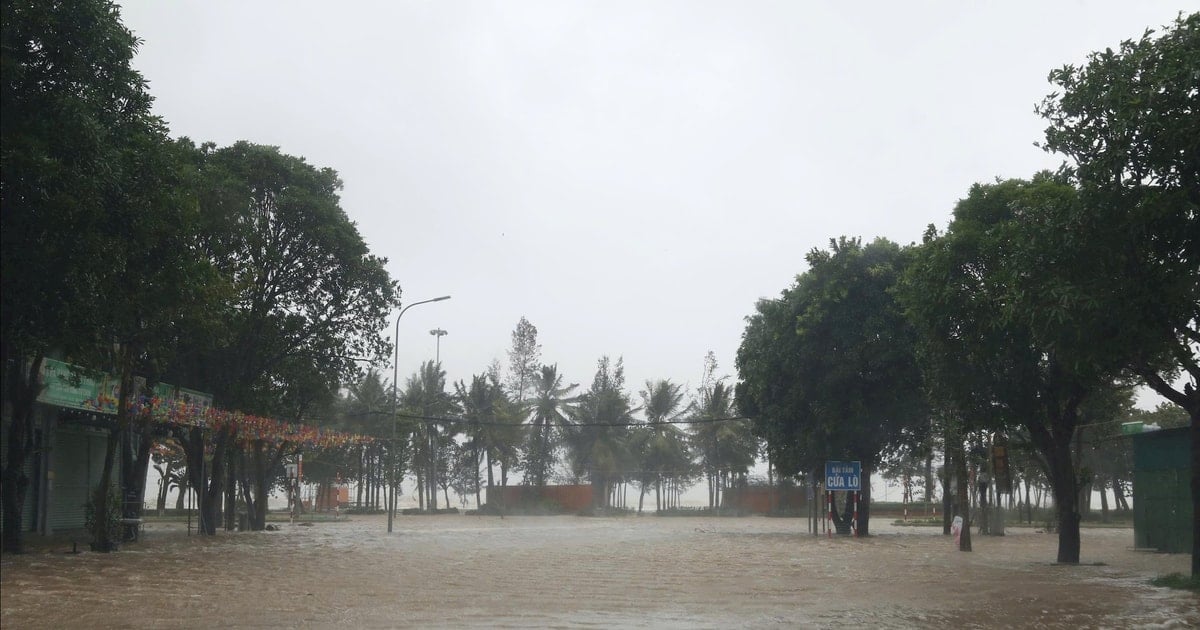



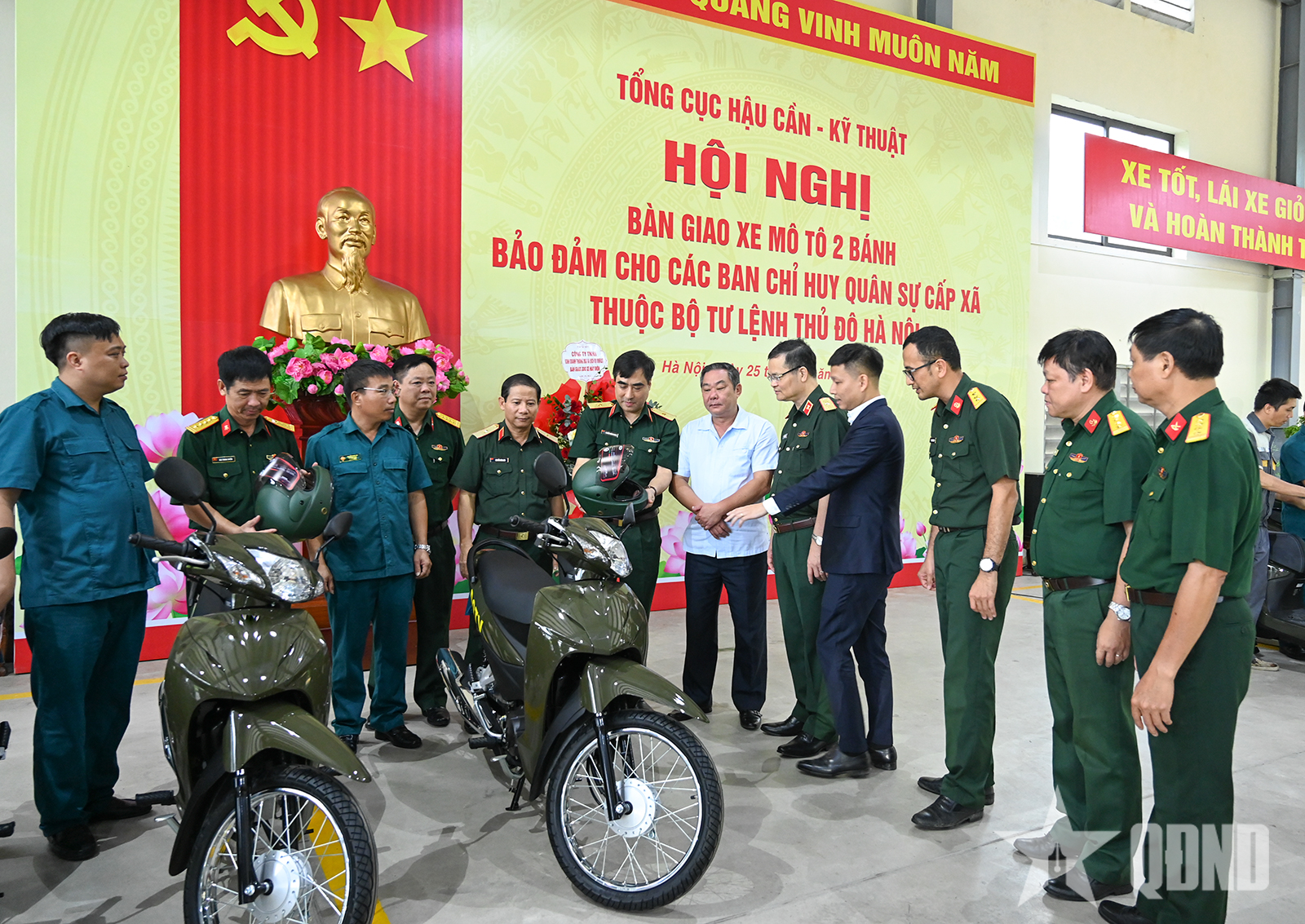
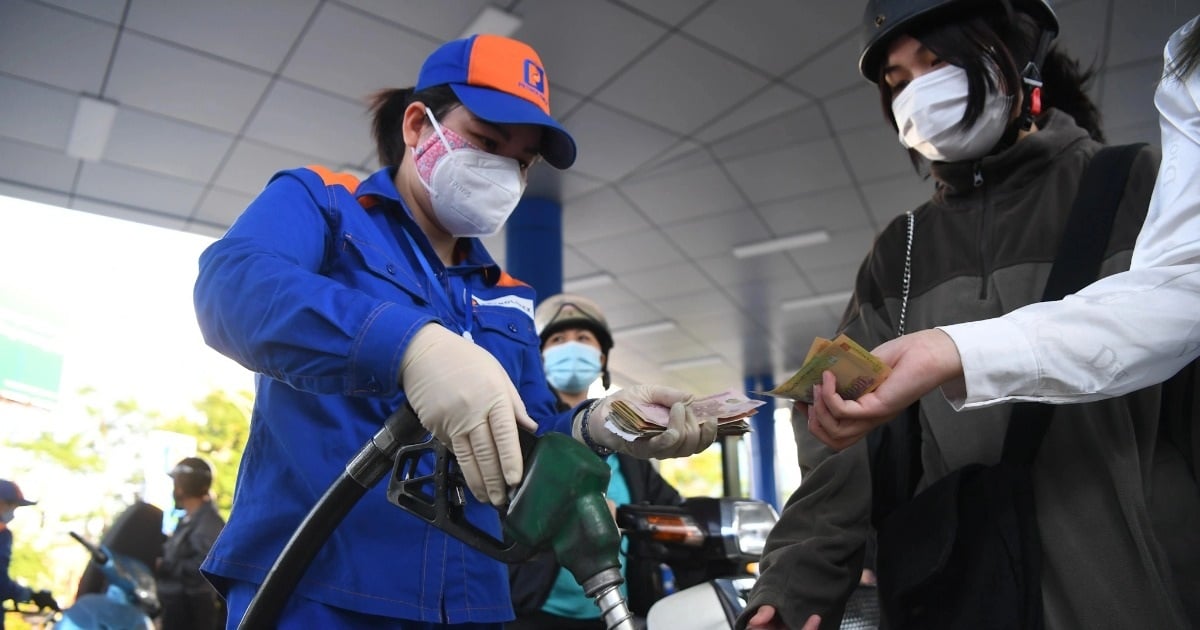
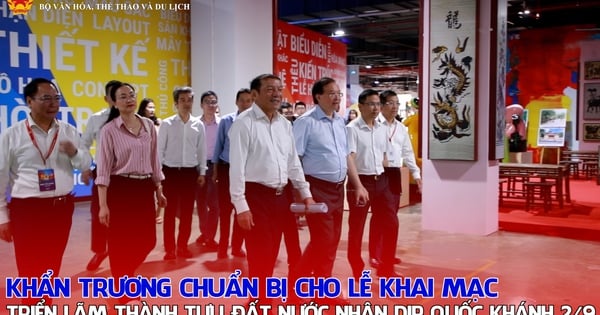

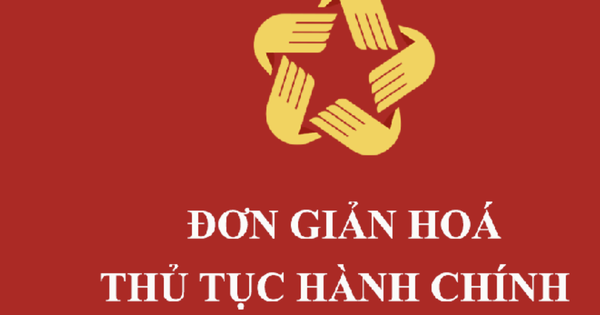
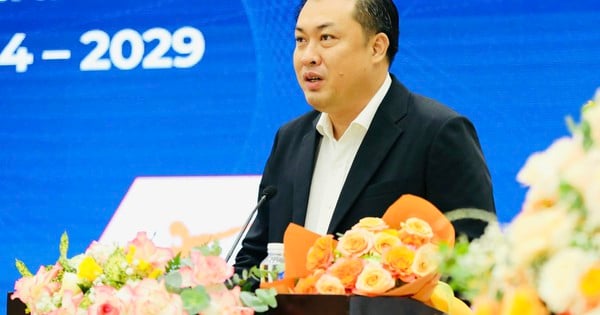

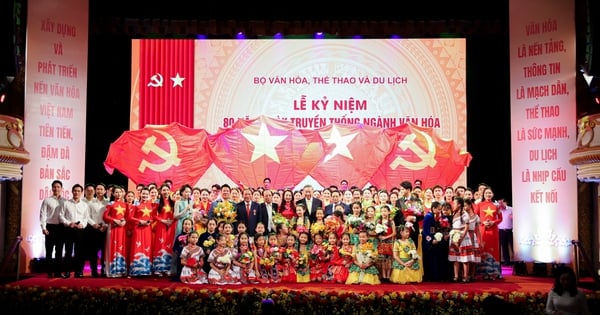
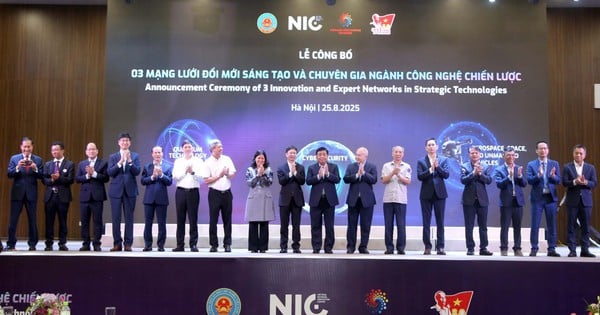

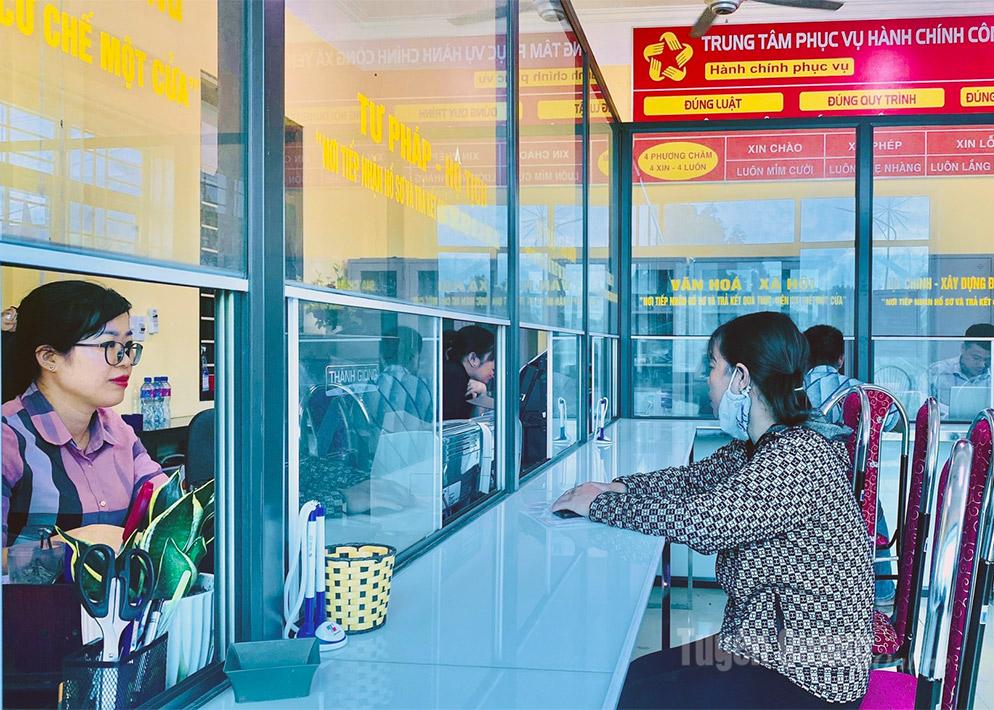



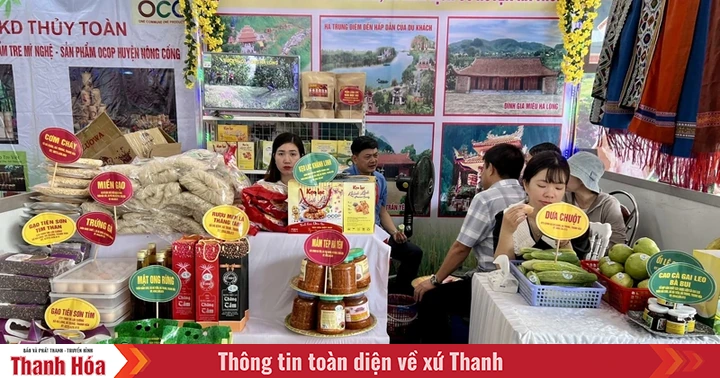
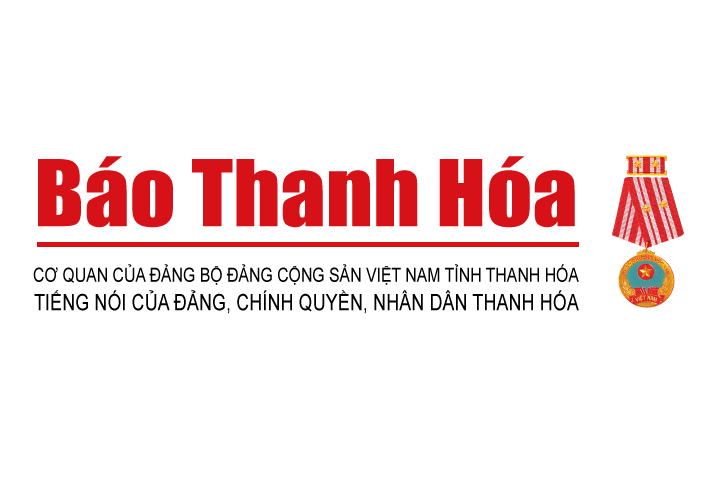
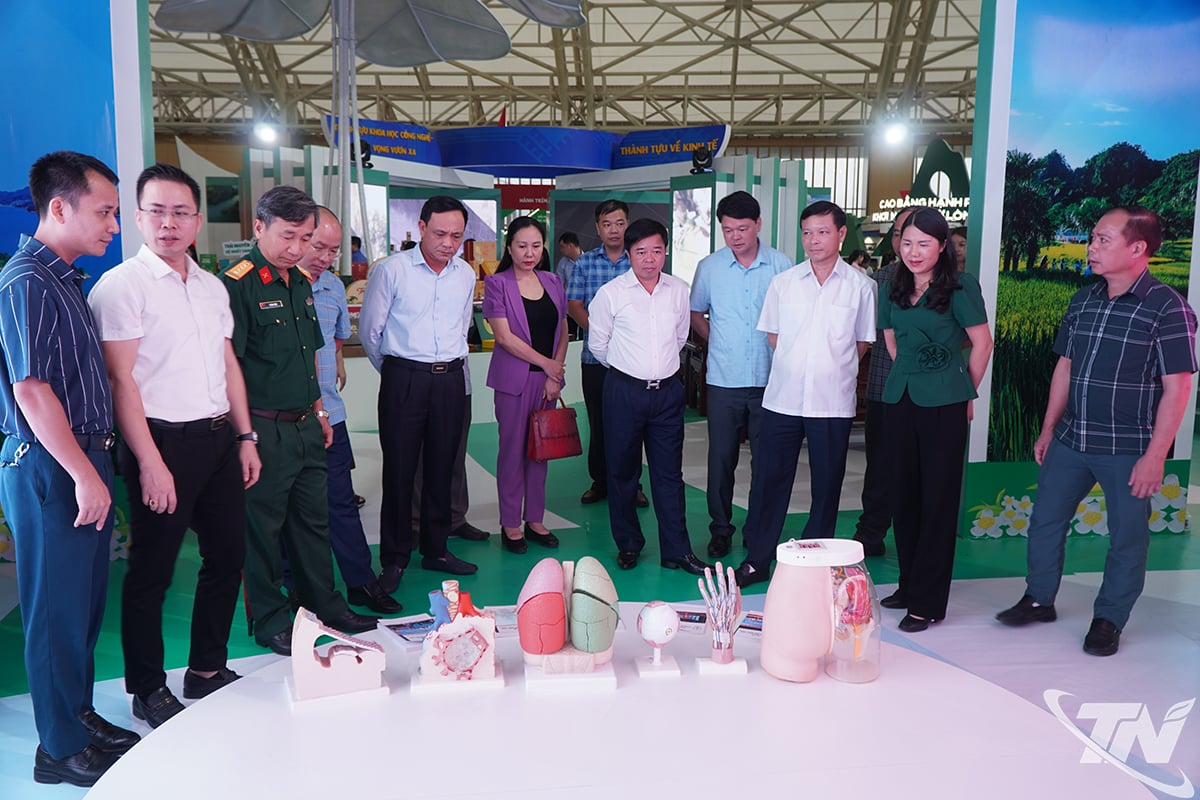





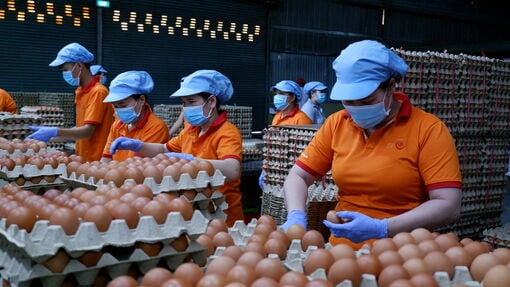

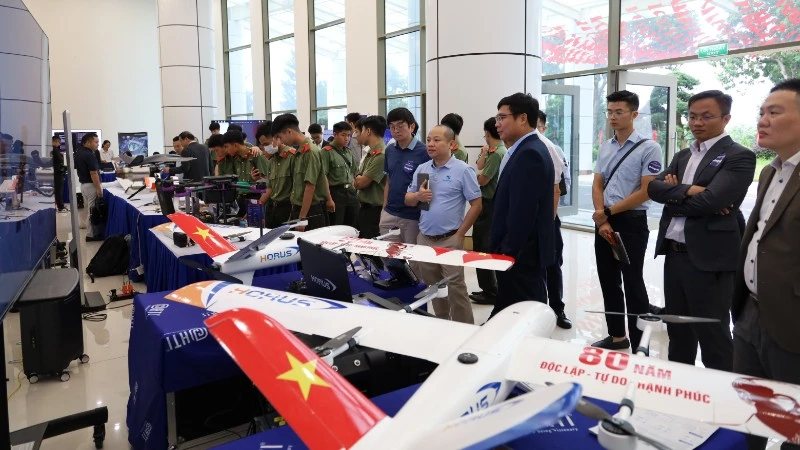
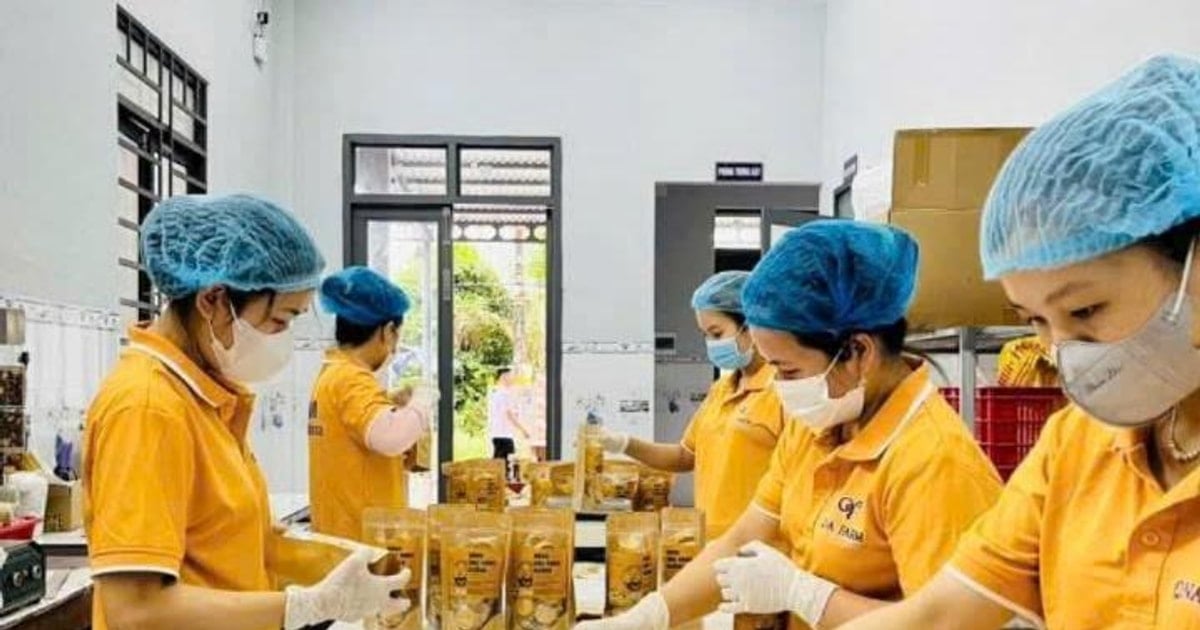

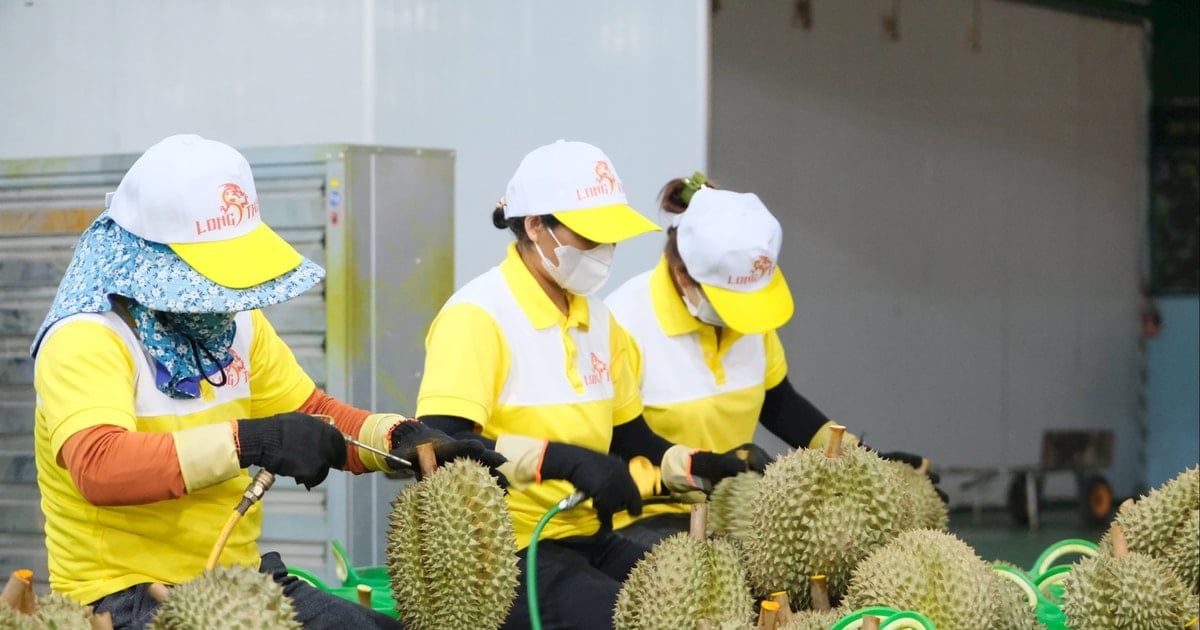





Comment (0)